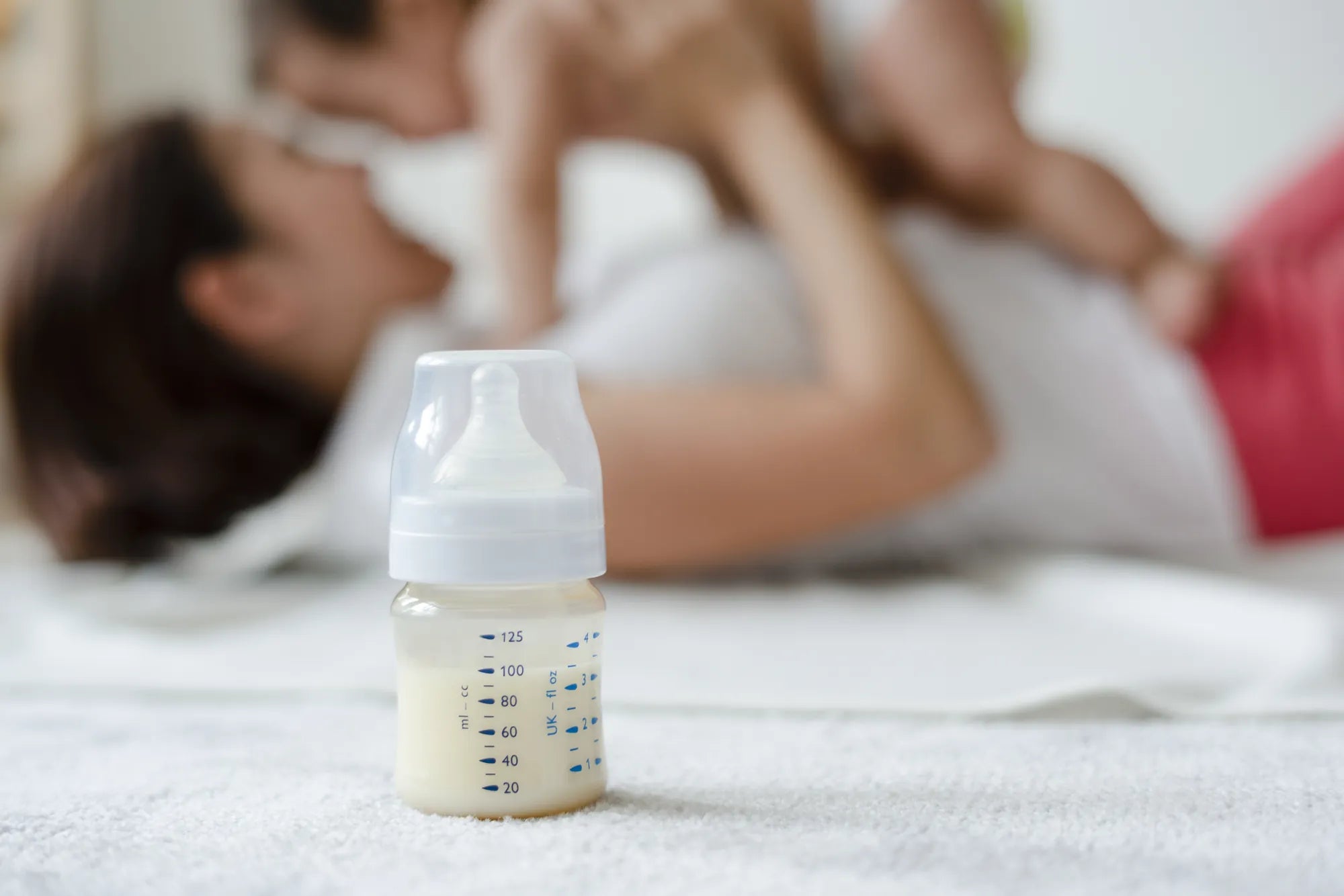Home
Pregnancy, Breastfeeding, and Pumping: The Ultimate Guide for Moms
How Often to Use Breast Pump to Induce Labor: A Comprehensive Guide

How Often to Use Breast Pump to Induce Labor: A Comprehensive Guide
Inducing labor is a topic that sparks curiosity and concern among expectant mothers. One method that has gained attention is the use of a breast pump to stimulate contractions. But how often should you use a breast pump to induce labor? This article dives deep into the science, techniques, and precautions to help you make an informed decision.
Understanding the Science Behind Breast Pump Use for Labor Induction
Using a breast pump to induce labor is based on the principle of nipple stimulation. When the nipples are stimulated, the body releases oxytocin, a hormone that plays a crucial role in triggering contractions. This natural process mimics the body's way of preparing for childbirth.
Research suggests that nipple stimulation can be an effective method for inducing labor, especially in women who are close to their due date. However, it's essential to understand that this method may not work for everyone and should be approached with caution.
How Often Should You Use a Breast Pump to Induce Labor?
The frequency of using a breast pump to induce labor depends on several factors, including your health, gestational age, and doctor's recommendations. Here are some general guidelines:
- Start Slowly: Begin with short sessions of 10-15 minutes on each breast, once or twice a day.
- Gradual Increase: If there are no adverse effects, you can gradually increase the frequency to 2-3 times a day.
- Monitor Your Body: Pay close attention to how your body responds. If you experience strong or painful contractions, reduce the frequency or stop altogether.
It's crucial to consult your healthcare provider before starting this method to ensure it's safe for you and your baby.
Tips for Effective Breast Pump Use to Induce Labor
To maximize the effectiveness of using a breast pump to induce labor, consider the following tips:
- Stay Relaxed: Find a comfortable and quiet space where you can relax during the pumping sessions.
- Hydrate and Nourish: Keep yourself hydrated and maintain a balanced diet to support your body during this process.
- Use Proper Technique: Ensure that the breast pump is used correctly to avoid discomfort or injury.
- Track Progress: Keep a journal of your pumping sessions and any changes in your body to share with your healthcare provider.
Precautions and Risks to Consider
While using a breast pump to induce labor can be effective, it's not without risks. Here are some precautions to keep in mind:
- Avoid Overstimulation: Excessive nipple stimulation can lead to prolonged or intense contractions, which may be harmful.
- Monitor for Complications: Watch for signs of distress in your baby, such as decreased movement or abnormal heart rate.
- Consult Your Doctor: Always seek professional advice before attempting any method to induce labor, especially if you have a high-risk pregnancy.
Alternative Methods for Labor Induction
If using a breast pump doesn't work or isn't suitable for you, there are other natural and medical methods to consider:
- Physical Activity: Gentle exercises like walking or prenatal yoga can help stimulate labor.
- Acupressure: Applying pressure to specific points on the body may encourage contractions.
- Medical Interventions: Your healthcare provider may recommend medications or procedures to induce labor if necessary.
Remember, every pregnancy is unique, and what works for one person may not work for another. Always prioritize safety and consult with your healthcare provider.
Using a breast pump to induce labor can be a natural and effective method when done correctly. By understanding the science, following guidelines, and taking precautions, you can increase your chances of success. Ready to take the next step? Consult your healthcare provider today and explore the best options for you and your baby.
Share

